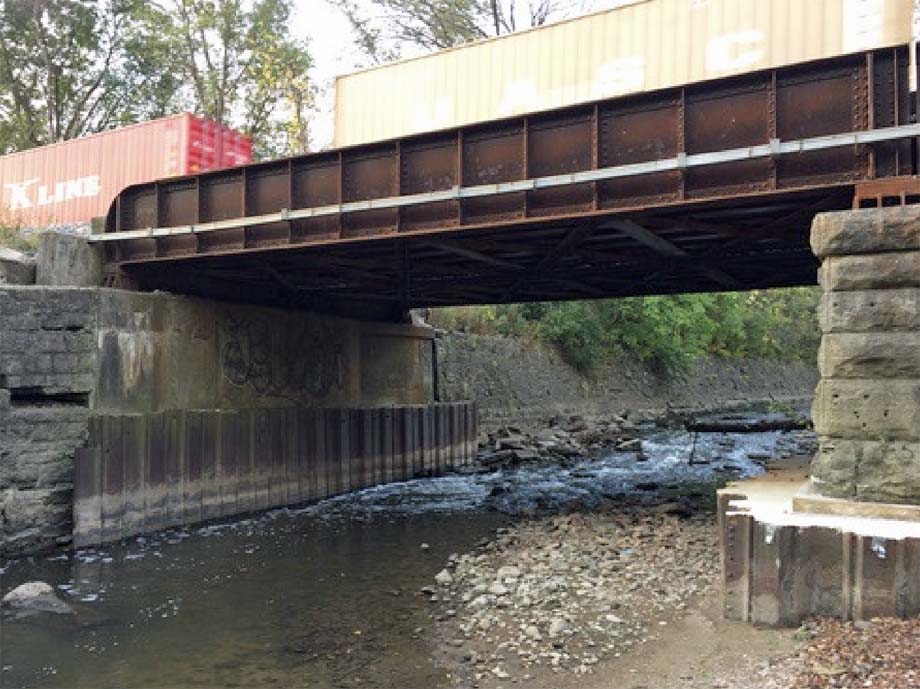
Washington District of Columbia USA - CPKC has asked federal regulators to wade into a dispute with
Wisconsin officials regarding emergency repairs the railway made to a bridge over the Menomonee River in
Milwaukee.
The Wisconsin Department of Natural Resources is threatening to sue CPKC for its 2017 bridge work, arguing that it was
performed without the necessary studies and permits.
State officials also want CPKC to undo the repair work and then use a different repair method.
CPKC last week asked the Surface Transportation Board to issue an order declaring that federal law preempts enforcement
of Wisconsin's environmental permitting requirements.
"In late 2017, CPKC discovered that the Menomonee River had severely eroded the river bed surrounding and under an
abutment on a CPKC railroad bridge.
The bridge needed emergency repair.
CPKC notified the Wisconsin Department of Natural Resources ("DNR") of its plans for this emergency
repair.
In response, DNR cited certain state law provisions that, according to DNR, required extensive studies, a different
repair method, and a lengthy permit process before the work could be done," CPKC said in its filing with the
STB.
"Due to the urgency and seriousness of a potential bridge failure, and consistent with Board and Court precedent
that federal law preempts state pre-construction permitting requirements, CPKC made the emergency repairs in line with
accepted practice, causing the least disruption to the busy freight and passenger rail line, and holding to the highest
degree of safety."
The Menomonee bridge at Milepost 88.74 on CPKC's Watertown Subdivision carries 16 freights per day, including those
that handle hazardous materials, as well as Amtrak's Empire Builder.
An October 2017 bridge inspection found significant scouring around and under one of the bridge abutments.
"This created an emergency situation because one of the abutments was no longer fully supported by the river bed,
the bridge was in danger of becoming structurally unsound," CPKC told the STB.
CPKC pumped grout into the void and then installed a grout mat filled with cement to protect the bridge against further
scour.
Wisconsin officials say CPKC should have used rip-rap, a method the railway considered and rejected because it would
require excavation of the riverbed, which would cause further scouring to the bridge abutment.
The railway and state officials have tried to resolve the dispute but have been unable to do so, CPKC told the
STB.
Author unknown.
(likely no image with original article)
(usually because it's been seen before)
provisions in Section 29 of the
Canadian Copyright Modernization Act.
